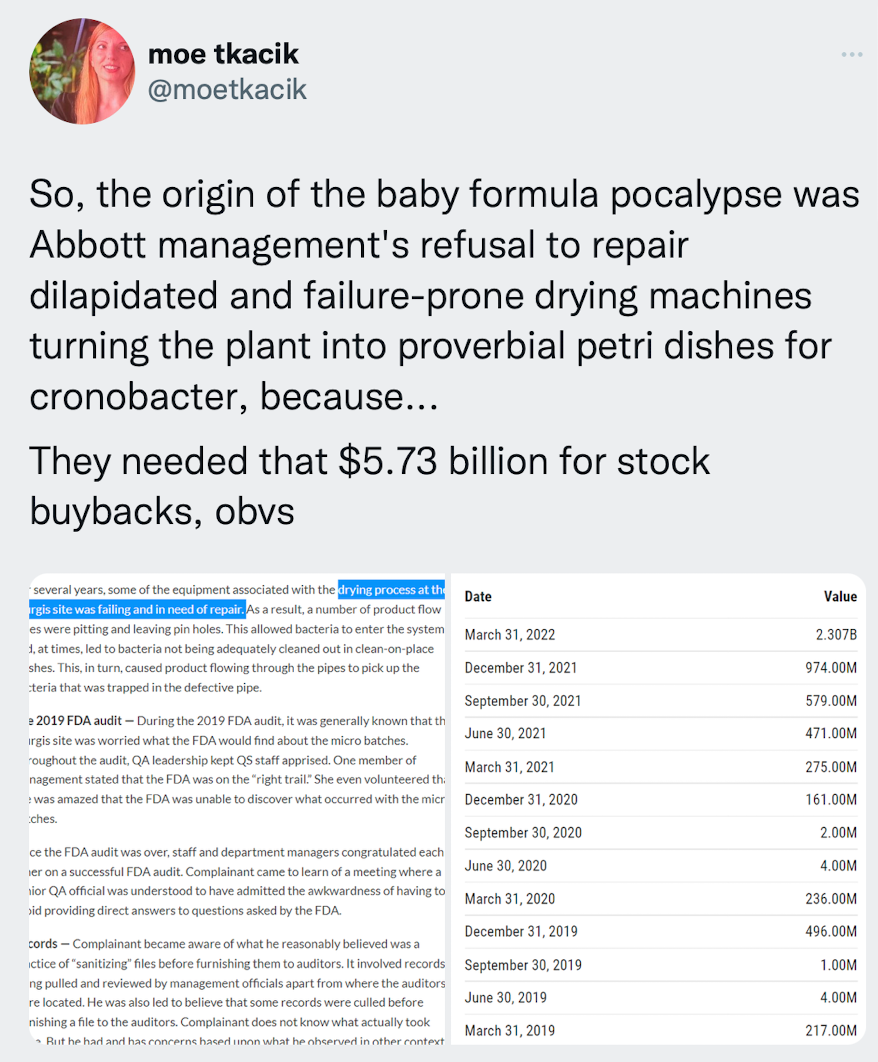This video reviews an “audiophile” “tool” from back in the day to “improve” CD audio quality by cutting the edge of the CD at an angle, and marking it with a black marker, to prevent “light scattering” of the laser that degrades audio quality. This guy treats a disc, and feeds the “before” and “after” recordings into software, mathematically subtracts one file from the other, and shows that there is no difference. Literally zero. There cannot be an improvement, no matter how good your hearing, because nothing has changed.
He notes in the video that this didn’t stop many “audiophile” publications from printing reviews about the device, saying that it improved everything about the sound, from “clarity” to “noise floor” to “bass response.”
I’ll never forget the first time I read an “audiophile” catalog, and seeing a replacement knob for your receiver. According to the description, what you probably don’t know is that the plastic one that came with it is adding “harmonic distortion” to your audio. Their “tuned” replacement would fix this, and improve your system’s sound. What was it, you ask? Wood! It was a 3″ wooden hockey puck. And how much, you ask, for such an upgrade? $300, in 1991, or $650, today, for a little, wooden disc.
I’ve often thought about doing exactly what this guy has done, and proving that these kinds of “audiophile” things are snake oil. The thing that drives me the craziest are overpriced digital cables. There is no difference between the output of this cable and some Amazon Basics piece of junk. As long as it meets the spec, there CAN be no difference, and I can prove it with math.

What has kept me from doing it is knowing that the people who believe such copy will never be persuaded. I’ve had conversations with actual people about these kinds of cables, and they don’t believe me. They will hear and see a difference, and pity me for not having the ears to hear or eyes to see what they clearly can.
I wish I could shirk all ethics and character, and invent some of my own snake oil to sell in this market.









